Millersville Students Embrace the Beauty of the Susquehanna River on a Kayaking Trip
On the afternoon of September 29, rather than holding class in a sober and stuffy classroom, Dr. Justin Mando took his students on their annual Susquehanna River kayak trip. At 4:30pm, when a discussion of rhetoric and the environment would be introduced during an average class day, the students were getting into their kayaks from Shank’s Mare Outfitters on Lake Clarke. Mando could sense the excitement buzzing through the participating students on this cool evening, as river guide Devin Winand led the wary class downriver past trees with leaves beginning to change into fall colors. Rather than the smell of stale classroom air, the students spent this class period smelling overripe pawpaws, gasoline and exhaust from boats, cigarette smoke from a fisherman, and an undetermined smell that one student suggested may be the planets most early formed river itself.
As they glided across the water, above them flew cormorants, white egrets, ospreys, and blue herons. Jet skiers and boaters gracefully flew by, leaving unsettled portions of the river behind them, which soon reverted back to its original state. Some boats sat patiently atop the river, causing as little disruption of the rippling water as possible, with fishing lines extending from them. On the way back upstream, they came across a sunken pontoon boat next to a large fallen sycamore.
“We wondered if there was some relationship between the boat and the tree,” said Mando.

Experience as the Best Way to Learn about the Environment
Mando is a professor at Millersville University, and each year he takes his English 466 Writing Studies Seminar: Environmental Writing class on a Susquehanna River kayak trip in preparation for a class assignment where his students write about the river to gather information about, and generate feelings on, the environmental issues affecting the river. Mando is a big proponent of giving his students hands-on experiences with the environment, and he does not fail with this teaching strategy.
Over the course of a serene journey over a submerged canal tow path and up Fishing Creek, the students gained an abundance of information on the area and the history of the river. Liz Winand, co-owner of Shank’s Mare Outfitter, gave an extensive and colorful explanation of the history beneath the students’ kayaks. They were hit with a wave of information about found artifacts, such as a 2,000 year old grinding stone from the Susquehannock Tribe, the historic canal system, Captain John Smith’s mapping of the Chesapeake Bay and lower Susquehanna, and Thomas Cresop and the charting of the area that led to the mapping of the Mason Dixon line. As the students paddled the river, their minds were processing this newfound information as if it were scenes from a movie that had taken place right outside their campus.
As the journey continued, the students overcame obstacles from a shy nature surprised with the presence of people—such as paddlers stuck in shallow water. At one point, tour guide Devin performed a shocking balancing act as he stood on his kayak to harvest some pawpaws for the students. Upon tasting this for the first time, students claimed the potato shaped fruit, with kidney bean shaped seeds and a meaty, white interior, tasted like a weird mango. In fact, the pawpaw is a native fruit with a recognized culture surrounding it, including an occasional pawpaw festival here and there.
Mando and the students felt a creeping sense of hope at the realization that they had not seen many indications of pollution within the water, despite a single dead carp that had ascended to the river’s surface. However, they were still well-aware of the mob of plastic pollution hiding just out of sight—within the river and staked out among the greenery along the riverbank.
More Than Just Water
While the water was the star of the show, there were some supporting characters to the day: Devin pointed out and taught the student about Turkey Hill’s distribution facility and windmills, a landfill that resided on the same land, a famous artist and local resident Jeff Koons who fought against the proposition to raise the landfill, and the beautiful grassy field of upriver High Point, which was proposed to be developed into an area of townhouses that was fortunately rejected by the locals.
“[We] headed back in after that, and it was so cold, but we did get a lovely sunset,” said Clara Studdard, a student of Mando’s working on a Bachelor of Fine Arts.
The students left the river that day with more insight about the environment just outside their classroom than any textbook could have offered them. That is the beauty of experiential learning.
RiverStewards is working with students at Millersville University on Susquehanna Storytelling– a series of blog articles, videos, and other means of educating people on what makes the Susquehanna River so special and important to the economy, the environment, and to our quality of life. If you are a college professor located at an institute of higher learning within the Susquehanna River watershed and would like to have your students involved in Susquehanna Storytelling, please contact Jessica Aiello by sending email to: jessica@riverstewards.info.
- Collaborative Efforts to Address Harrisburg’s Combined Sewer Overflows: Part 2 - December 9, 2021
- Collaborative Efforts to Address Harrisburg’s Combined Sewer Overflows: Part 1 - November 16, 2021
- Millersville Students Embrace the Beauty of the Susquehanna River on a Kayaking Trip - October 26, 2021



